Ohio Garden Ideas: Transform Your Outdoor Space
Gardening in Ohio can be a rewarding experience with the state’s diverse climate and rich soil. Whether you’re creating a vegetable garden or beautifying your yard with flowers, there are plenty of plants that thrive in Ohio’s hardiness zones 5 and 6. You’ll find native plants and perennials that bring color and life to your outdoor space.
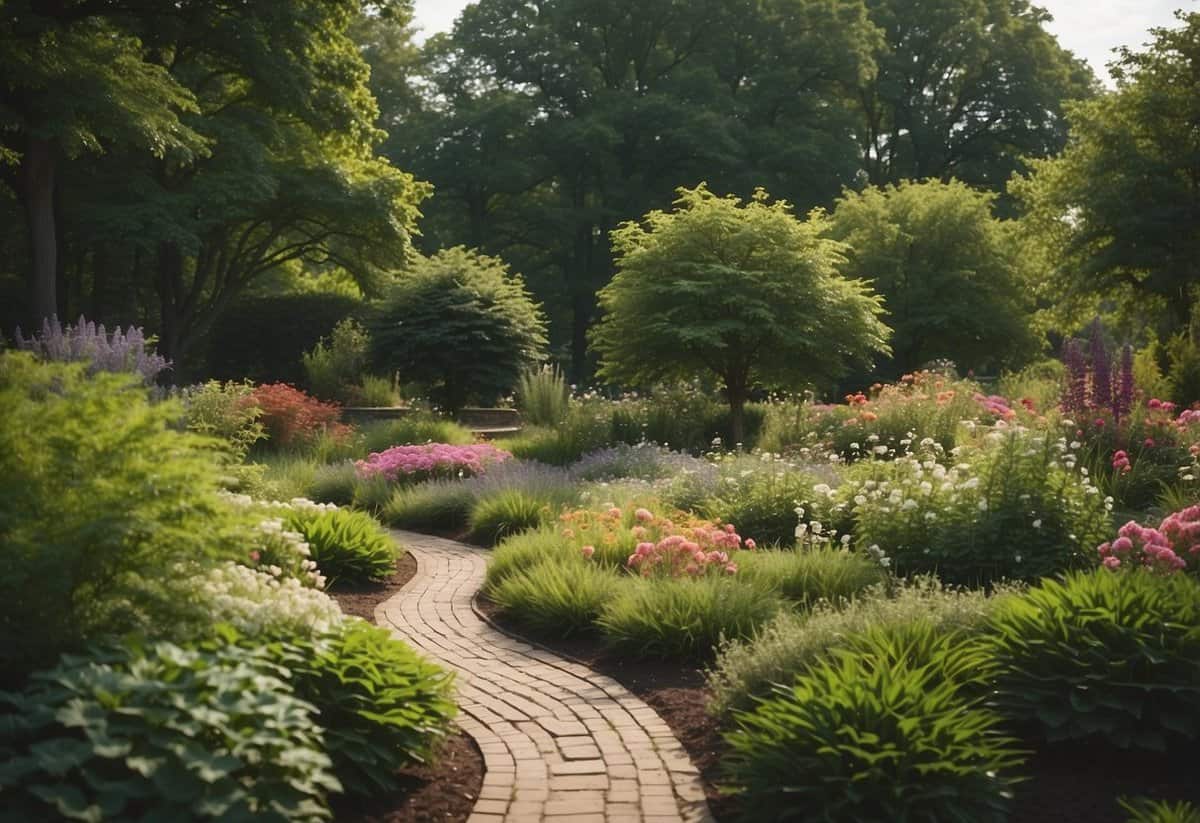
Exploring Ohio garden ideas means considering both the plants and the care they require. From low-maintenance landscaping plants to vibrant perennials, you have many options to make your garden flourish. With the right choices, you can create a thriving garden that offers beauty and bounty throughout the seasons.
1) Raised Bed Gardens
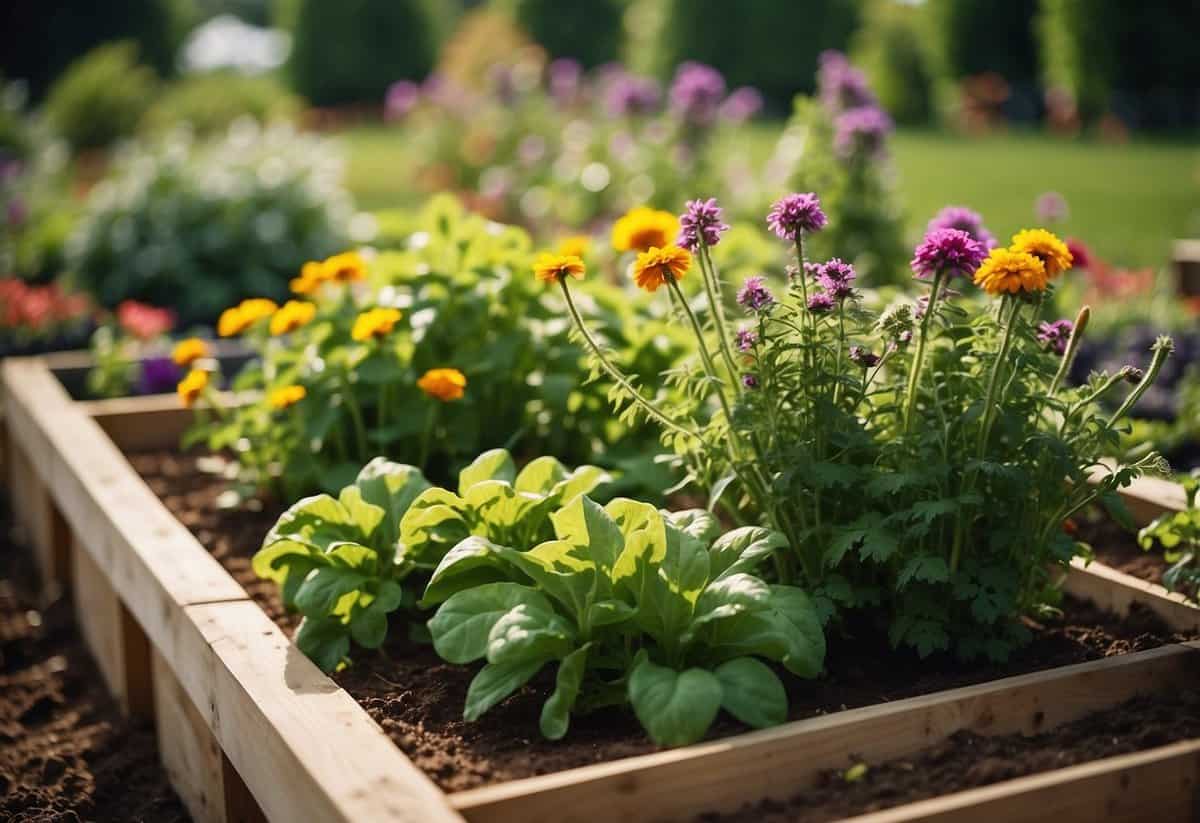
Raised bed gardens make it easier to grow your plants. They help with better soil drainage and can look great in your backyard. You can customize the soil mix, which helps plants grow really well.
It’s also easier to reach your plants in a raised bed. This way, you don’t have to bend over as much. It’s a great choice for anyone with back problems.
Raised beds can be simple or fancy. They can be built from wood, stone, or even recycled materials. This flexibility allows you to match them with your garden’s style. Raised beds provide a lot of benefits for both the novice and the seasoned gardener.
2) Vertical Gardens

Vertical gardens are perfect for small spaces. They let you grow more plants without needing extra ground space. You can add planters to a wall or fence to create your garden.
Another fun idea is a strawberry tower garden. Use leftover materials to build it and place it on your patio. It’s easy and great for trailing plants.
You can make vertical gardens with pallet garden walls too. Just place the pallets against your fence and start planting. This is great for any skill level.
3) Container Gardening
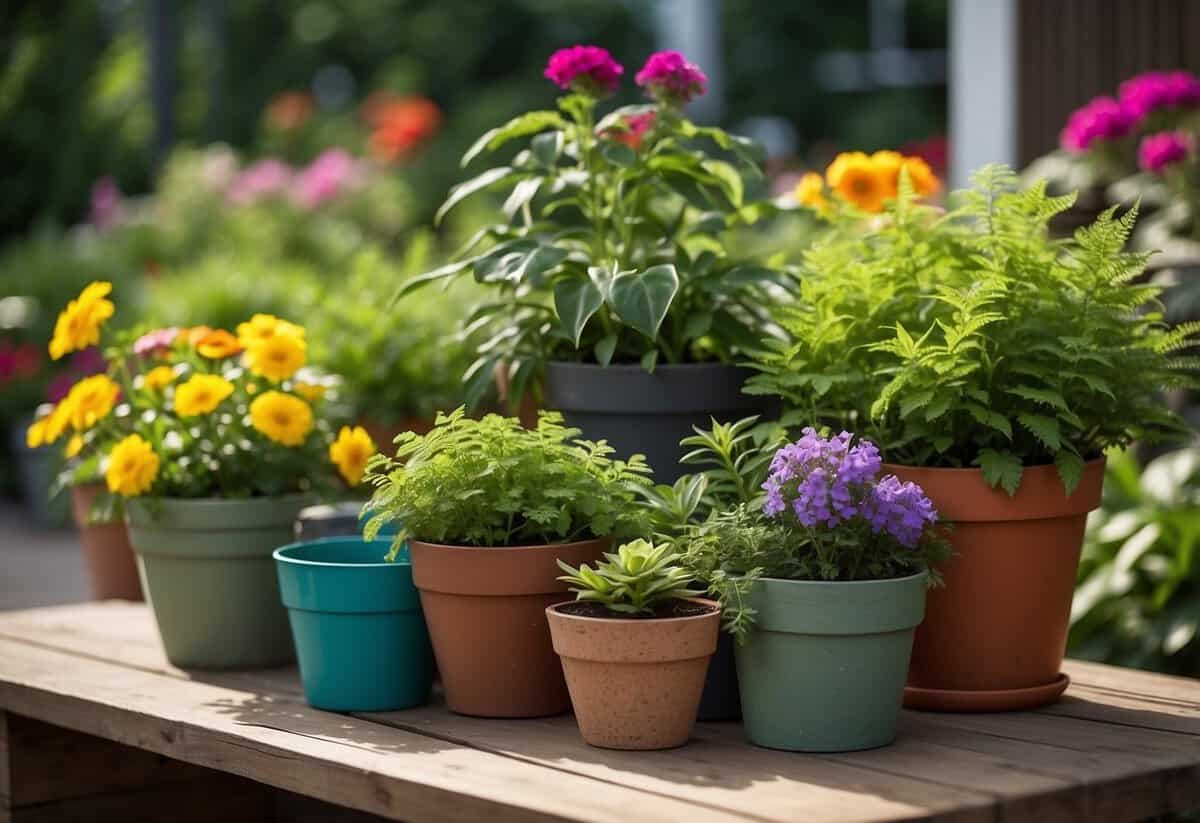
Container gardening is a great way to add greenery to your Ohio home. You can fill any space, from a small balcony to a big backyard, with colorful plants.
Try using vibrant flowers like cannas and New Guinea impatiens for bold, bright displays. Add some texture with plants like kangaroo paws and Algerian ivy.
If you enjoy fragrant plants, consider hybrid roses and creeping thyme. They not only look beautiful but also smell wonderful.
Check out more ideas on Midwest Living for inspiration tailored to the Midwest climate.
4) Perennial Flower Beds
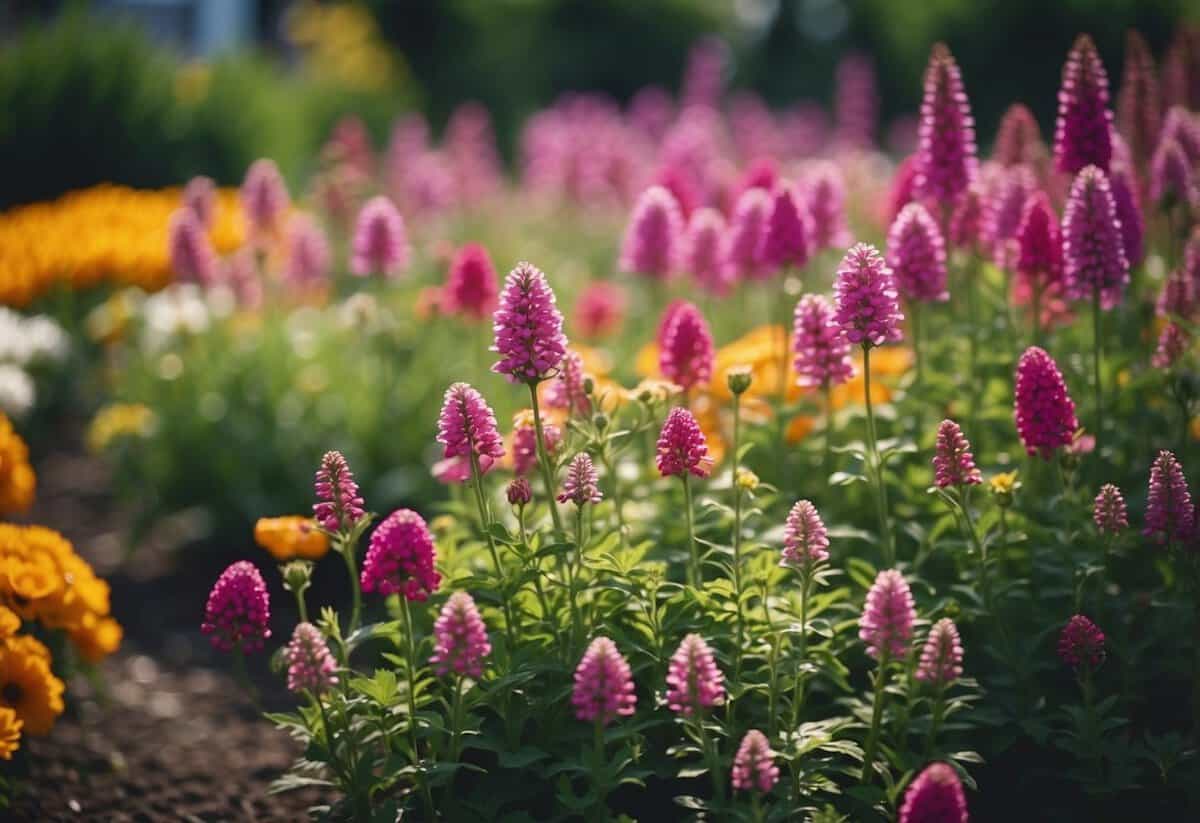
Creating a perennial flower bed in your Ohio garden can add year-round beauty. You might start with plants that flower in the fall, like chrysanthemums and sedums.
For more color, think about Japanese maples, ferns, and hydrangeas. Adding Black-eyed Susans provides a native touch.
You can find more ideas for perennial flower garden designs here.
5) Pollinator Gardens

Pollinator gardens are a great way to help bees, butterflies, and other important insects. To get started, pick a sunny spot in your yard. Even a small garden can make a big difference!
Choose native plants because they attract more pollinators. It’s fun to see which flowers the bees and butterflies like best. For more ideas, check out this guide on pollinator plants.
6) Herb Spirals

Herb spirals are a fantastic addition to any Ohio garden. They are simple to build and save space by using a vertical design.
You can create one using materials like stones or bricks. These spirals are raised beds that spiral upwards, making it easy to grow different herbs in the same spot.
Herb spirals also make it easier to take care of your herbs. With everything in one place, watering and harvesting become much simpler. Find more information on building them here.
7) Rain Gardens

Rain gardens are a fantastic way to manage stormwater while adding beauty to your yard. They collect rainwater from surfaces like roofs and driveways.
Choose plants that love wet conditions. Common Ninebark and Stiff Goldenrod are native to Ohio and thrive in these settings.
Rain gardens are not only practical but also support local wildlife by providing a habitat for birds and butterflies. For more detailed plans, visit rain garden design.
8) Native Plant Gardens

Choosing native plants for your garden in Ohio can be a rewarding experience. These plants are well-suited to the local climate and soil, making them easier to care for.
Consider adding black-eyed Susan for a burst of golden color. You might also enjoy the arrowwood viburnum for its adaptability and tall, elegant appearance. Adding native plants helps support local wildlife and creates a garden that blends naturally with the surrounding environment.
9) Edible Landscaping
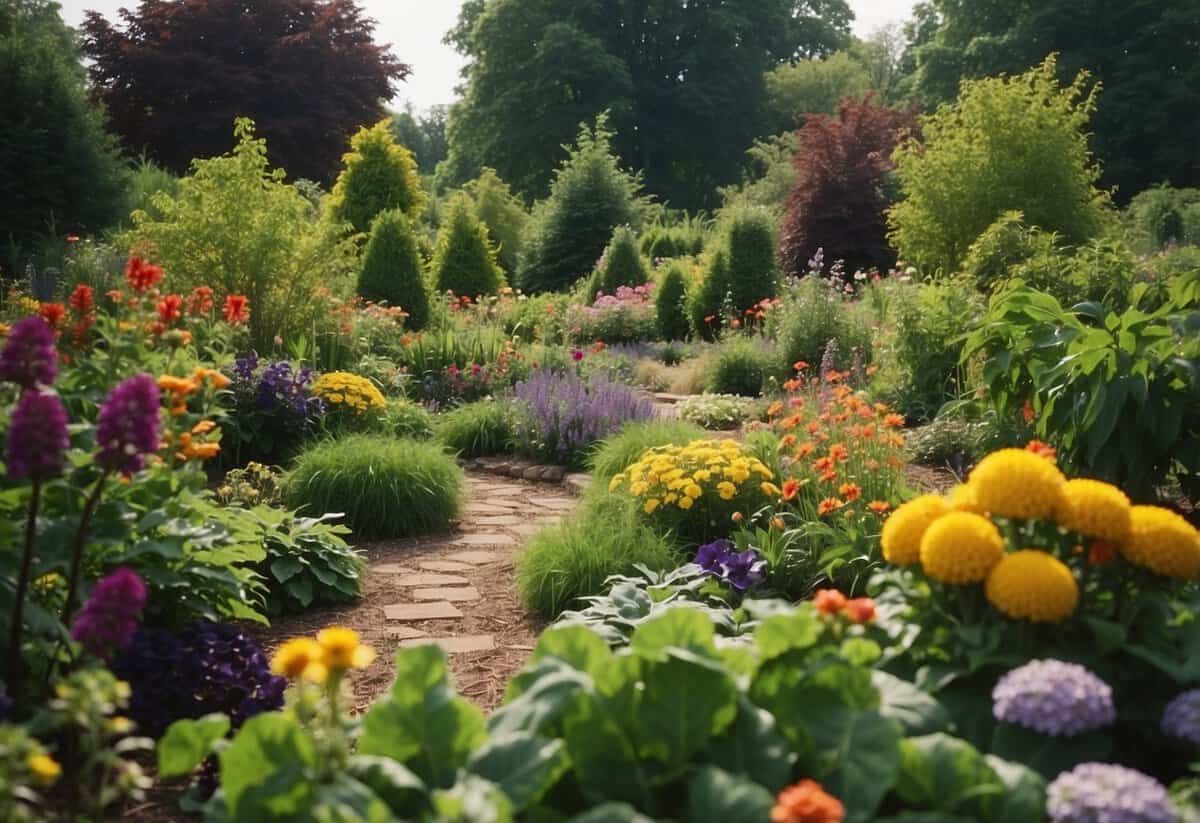
Edible landscaping is a great way to mix beauty and practicality. You can create a garden that is both attractive and productive. Imagine combining flowers with vegetables and fruit plants. This adds color and texture to your garden.
Try growing plants like lavender and purple coneflowers. They are not only pretty but attract pollinators too. Your garden will be a haven for bees and butterflies, which helps other plants thrive.
Consider using hardscaping materials like stone or wood to unify the design. This gives your garden a cohesive look while providing paths and borders.
10) Water Features with Aquatic Plants
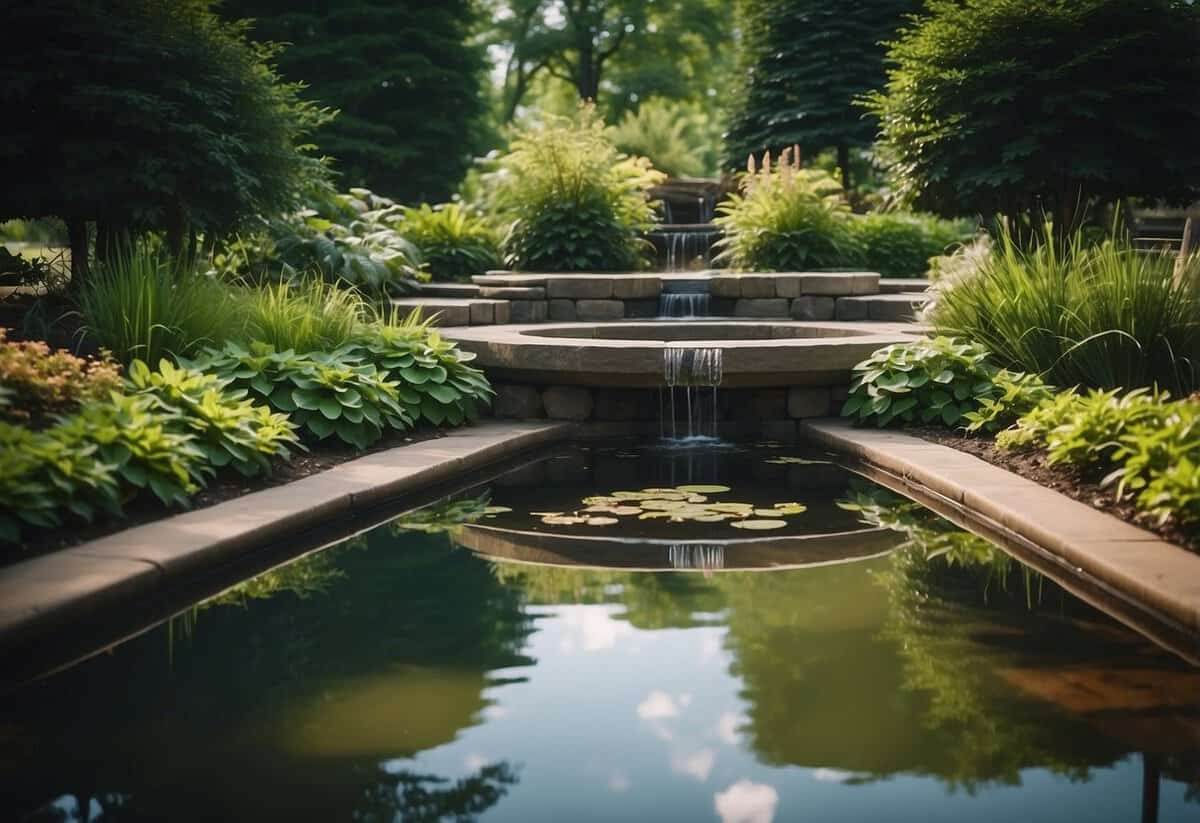
Adding water features to your garden can create a relaxing atmosphere. Think about including aquatic plants to make it even more special.
Plants like water hawthorne and water lettuce bring beauty and color. Water lettuce’s rosettes of rounded leaves look like little heads of lettuce floating in your pond.
You can also create a small pond in a container. Simply add plants like water hyacinth or water lettuce to complete the look.
Planning Your Ohio Garden

When planning your Ohio garden, it’s important to consider the state’s unique climate and to choose plants that will thrive in these conditions. Thoughtful preparation will help you create a beautiful and sustainable garden.
Understanding Ohio’s Climate
Ohio has a mix of continental and humid subtropical climates. Winters can be cold, with temperatures often dropping below freezing, while summers are warm and humid. Rainfall is fairly consistent throughout the year. Because of these variations, it’s beneficial to choose plants that can handle both wet and dry conditions.
The USDA Hardiness Zones for Ohio range from zone 5a to 6b. Knowing your specific zone will help you pick plants that can withstand local temperature extremes. Temperature and humidity levels are crucial factors, so always consider them when picking plants. Additionally, prepare for occasional weather surprises, like late frosts or intense summer heat.
Selecting the Right Plants
Choosing the right plants can make a big difference in your garden’s success. Native plants are often the best choice because they are well-adapted to local conditions. For example, Arrowwood Viburnum is a versatile shrub that can grow in various soils and light conditions. Other good options include Black-Eyed Susan and Blue Wild Indigo.
Consider the sun and shade requirements of each plant. Some plants need full sun, while others thrive in partial or full shade. Create a diverse garden with a mix of plants that have different blooming times to keep your garden vibrant all season long. Pay attention to plant heights and spreads to ensure they have enough space to grow properly.
To minimize maintenance, group plants with similar water needs together. This will make watering easier and more efficient.
Garden Design Tips
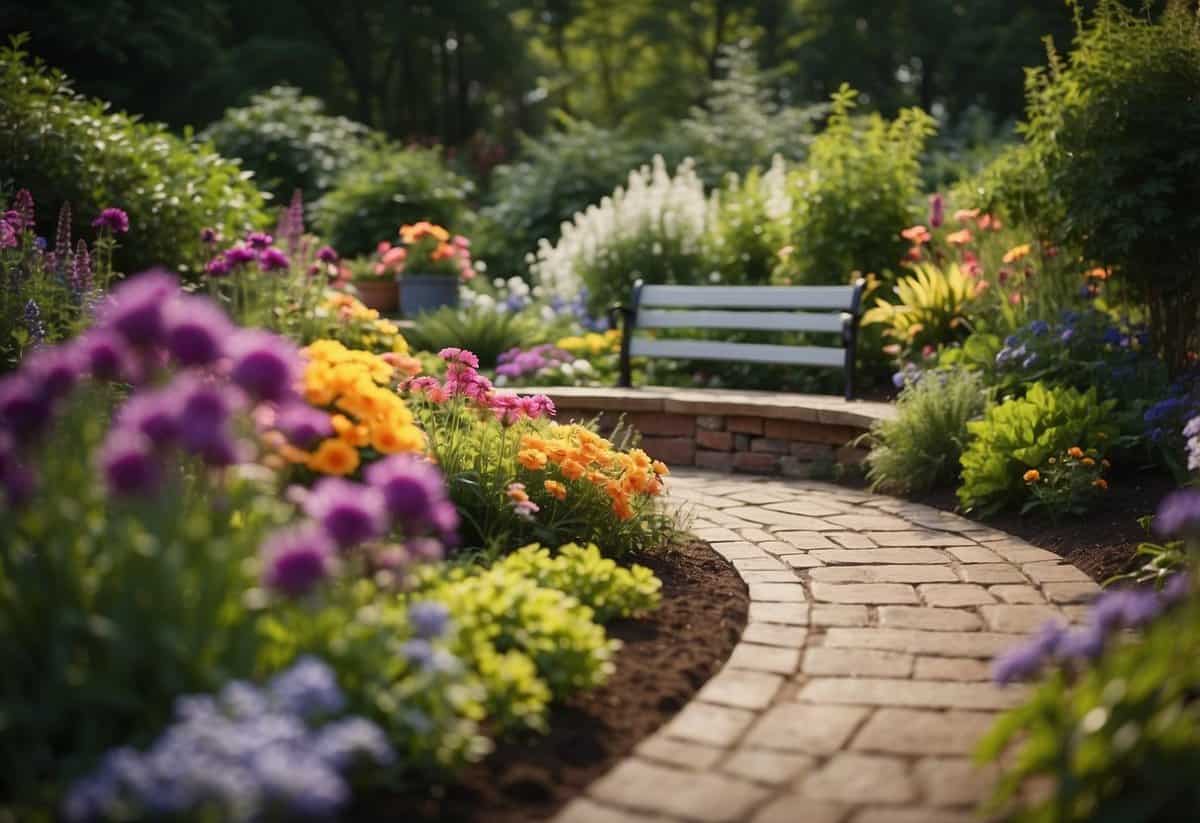
Transforming your Ohio garden involves thoughtful layout planning and adding enchanting water features. These tips will help you create a captivating and serene outdoor space.
Creating a Layout
When designing your garden layout, consider the size and shape of your space. Start by sketching a plan, noting where you want to place key features like flower beds, pathways, and seating areas. Use graph paper to ensure accurate measurements.
Choose plants that thrive in your local climate, such as native Ohio plants like Black-Eyed Susan and Blue Wild Indigo. Arrange them to create visual interest throughout the year. Group plants with similar light and water needs together to make maintenance easier.
Paths and walkways should direct attention to focal points like a birdbath or a bench. Materials like gravel, brick, or pavers work well for paths. Leave enough space between plants and paths to allow for growth and easy access.
Incorporating Water Features
Adding water features can enhance the tranquility of your garden. Consider installing a small pond, fountain, or waterfall. These elements create soothing sounds and attract wildlife like birds and butterflies.
For small spaces, a container water garden can be a great option. Use a large pot or tub, and line it with waterproof material. Add aquatic plants such as water lilies or lotus for a beautiful effect.
If you have more space, consider a pond with a circulating pump and filtration system to keep the water clean. Adding fish like koi can add color and movement. Surround your water feature with plants that thrive in moist environments, like hostas and ferns.
Water features should be placed where they can be easily seen and heard, creating a peaceful retreat in your own backyard.
Sustainable Gardening Practices

Sustainable gardening includes composting to reduce waste and water conservation techniques to save natural resources. These practices help create a beautiful and eco-friendly garden.
Composting
Composting is a simple way to recycle organic waste and improve soil health. Collect kitchen scraps like vegetable peels, coffee grounds, and eggshells. You can also add yard waste such as grass clippings and leaves. Mix these in a compost bin or pile, turning it regularly to speed up decomposition.
Finished compost enriches your soil with nutrients, reduces the need for chemical fertilizers, and helps retain moisture. It’s a fantastic way to reduce landfill waste while boosting plant growth in your garden. Plus, using homemade compost is cost-effective and beneficial for the environment. For more tips, check out ideas from Homes and Gardens.
Water Conservation Techniques
Saving water is vital in sustainable gardening. One efficient method is to collect rainwater. You can use a rain barrel to gather water from your roof, which can then be used for garden irrigation. This not only conserves tap water but also reduces runoff and erosion.
Another technique is drip irrigation. This system delivers water directly to the plant roots, minimizing evaporation and waste. Mulching your garden beds helps retain soil moisture and cuts down on the need for frequent watering. Choose drought-tolerant plants that require less watering and are well-suited to Ohio’s climate. Learn more sustainable gardening tips from Garden Savvy.







